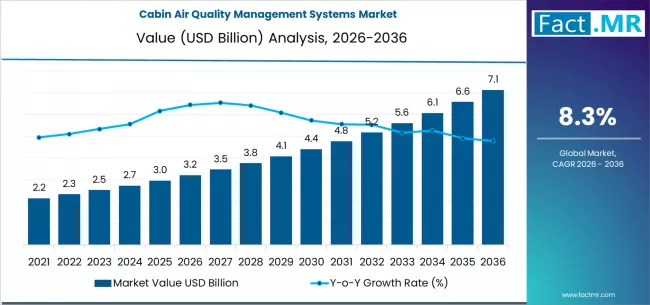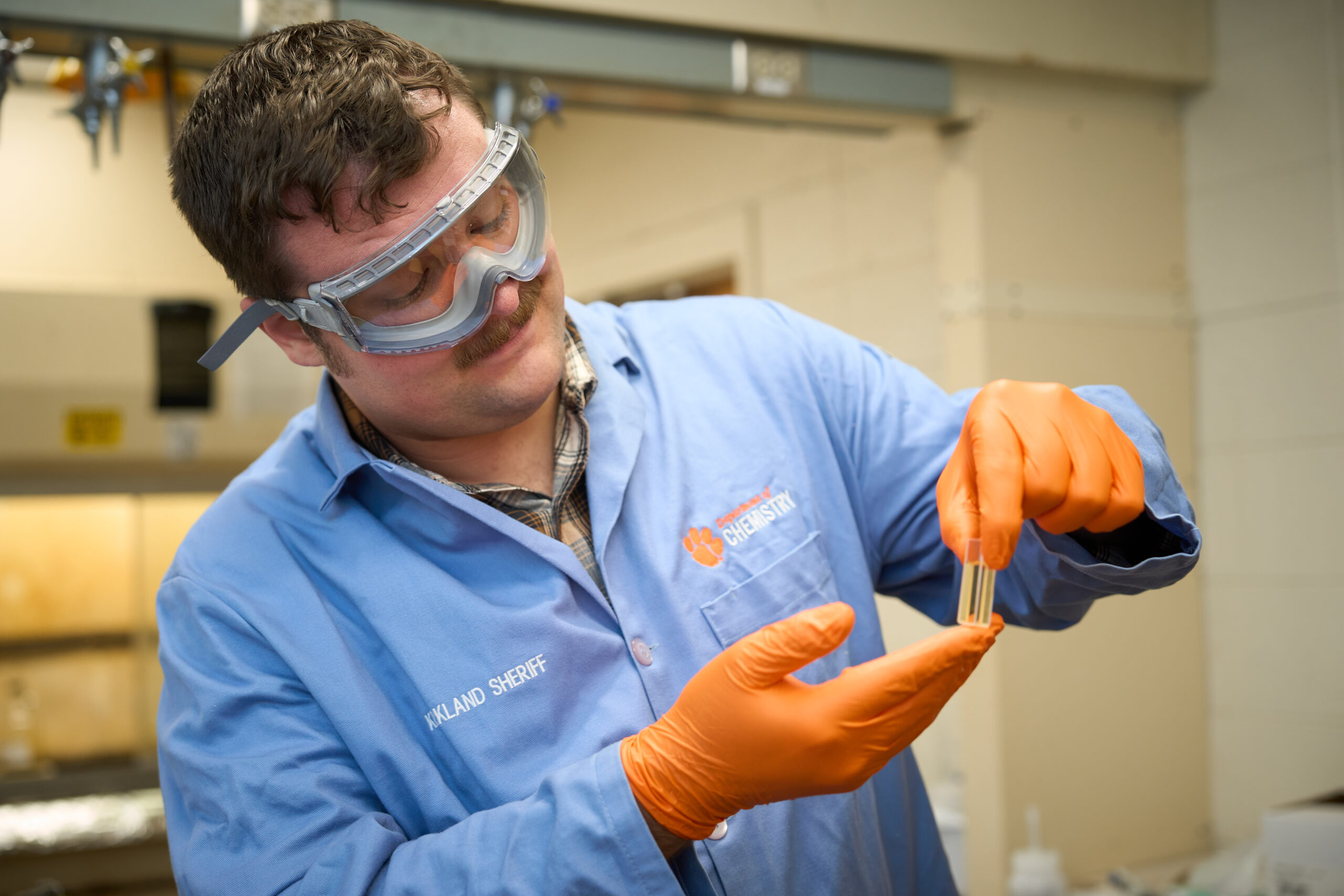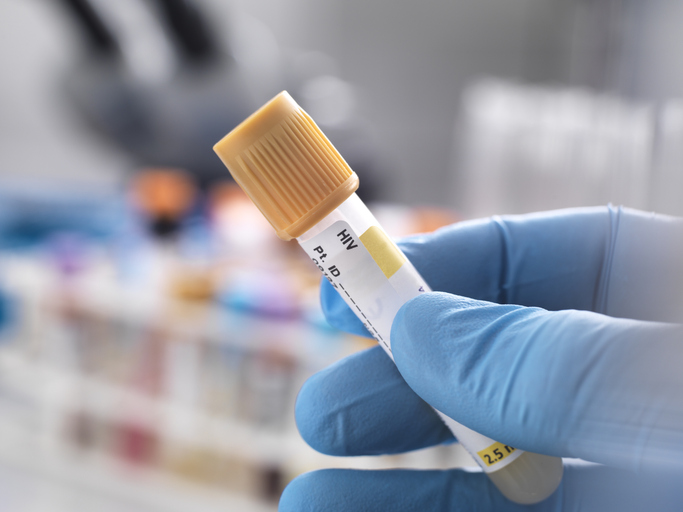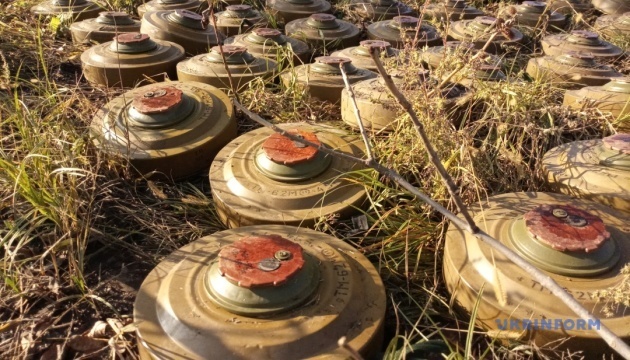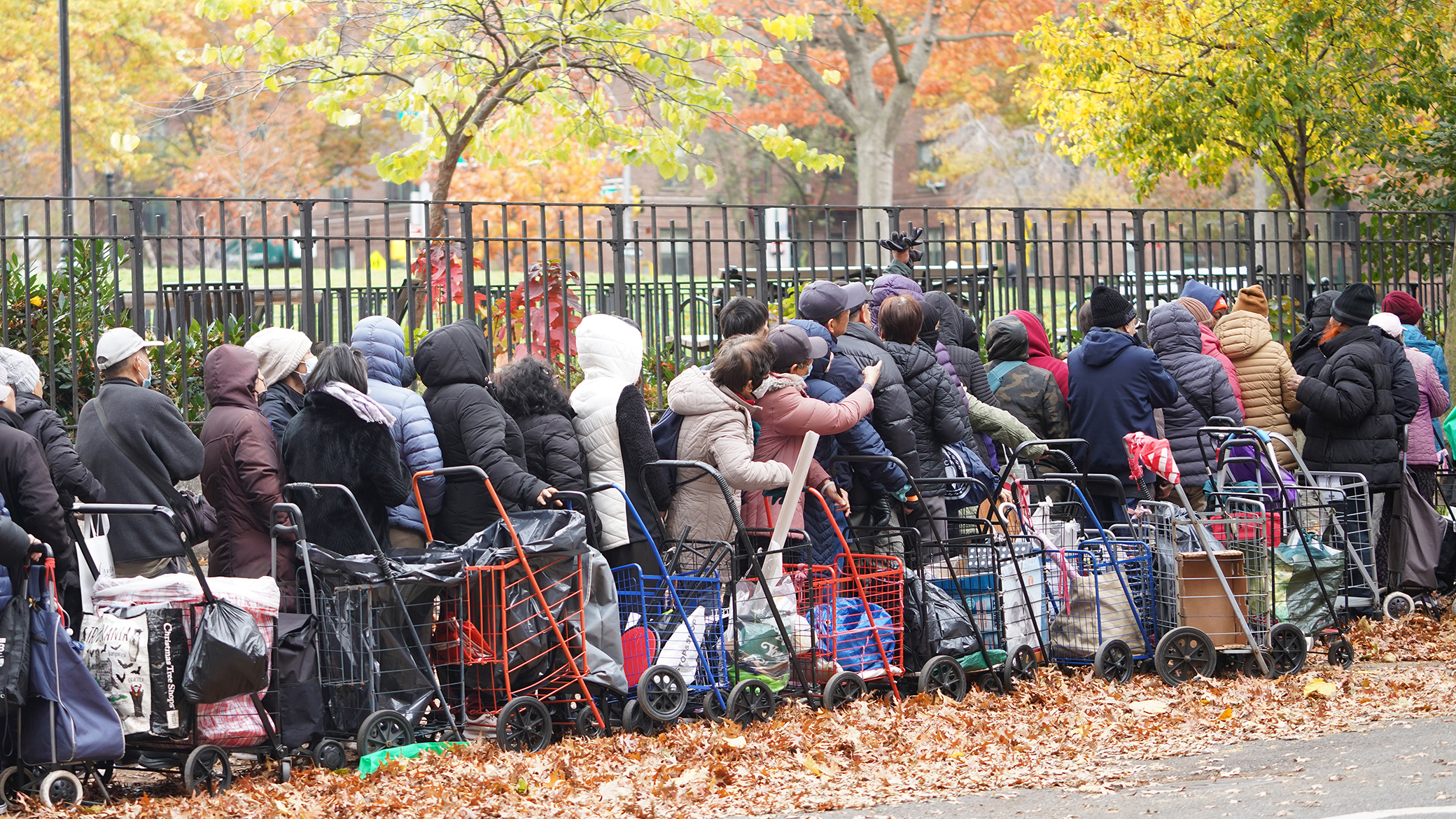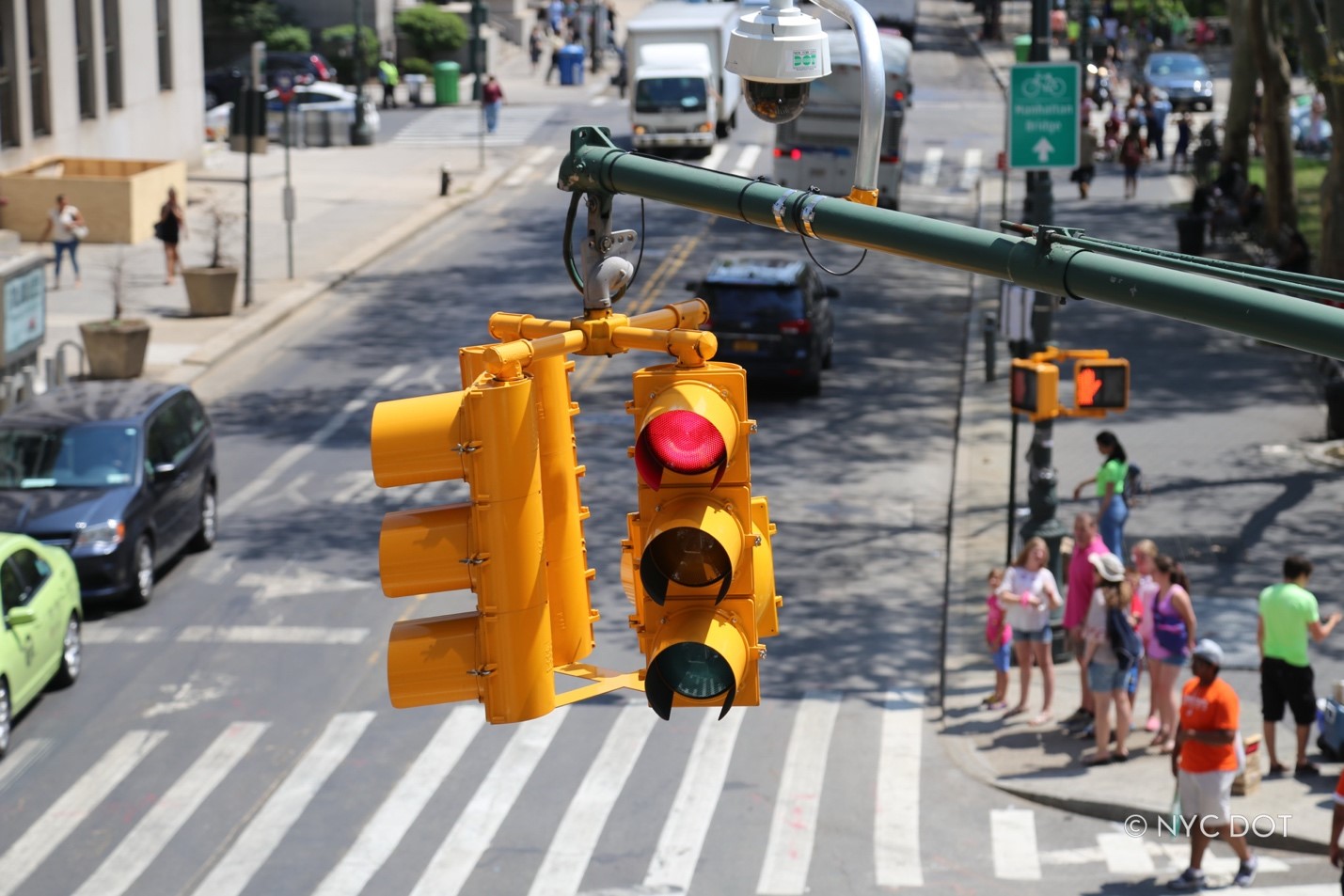Achieve gender equality and empower all women and girls
The UN explains: "Gender equality is not only a fundamental human right, but a necessary foundation for a peaceful, prosperous and sustainable world.
Providing women and girls with equal access to education, health care, decent work, and representation in political and economic decision-making processes will fuel sustainable economies and benefit societies and humanity at large."
The UN has defined 9 Targets and 14 Indicators for SDG 5. Targets specify the goals and Indicators represent the metrics by which the world aims to track whether these Targets are achieved. Below we quote the original text of all Targets and show the data on the agreed Indicators.
Target 5.1: End discrimination against women and girls
UN definition: End all forms of discrimination against all women and girls everywhere.
Legal frameworks for gender equality and non-discrimination
Definition: Indicator 5.1.1 is whether or not legal frameworks are in place to promote, enforce and monitor equality and non-discrimination on the basis of sex.
There are various legal frameworks which can be applied to promote and enforce non-discrimination on the basis of sex. This is assessed here in the SDG Tracker – see also the 'additional charts' – across various measures, including hiring, equal pay, marital rape and property rights, among others.
Goal: By 2030 end all forms of discrimination against all women and girls everywhere.
This requires legal frameworks in place to enforce gender equality for all countries.
Additional charts:
Does law mandate equal pay for males and females?
Does legislation explicitly criminalise marital rape?
Do married men and women have equal rights to property and land?
Are married women required by law to obey their husbands?
Does law mandate paid or unpaid maternity leave?
Does a woman's testimony carry the same weight as a man's in court?
Target 5.2: End all violence against and exploitation of women and girls
UN definition: Eliminate all forms of violence against all women and girls in the public and private spheres, including trafficking and sexual and other types of exploitation.
Violence against women from an intimate partner
Definition: Indicator 5.2.1 is the proportion of ever-partnered women and girls aged 15 years and older subjected to physical, sexual or psychological violence by a current or former intimate partner in the previous 12 months, by form of violence and by age.
This is measured here as the share of women aged 15 years or older who experienced physical or sexual violence from an intimate partner in the last year.
Goal: By 2030 eliminate all forms of violence against all women and girls.
Violence against women from persons other than an intimate partner
Definition: Indicator 5.2.2 is the proportion of women and girls aged 15 years and older subjected to sexual violence by persons other than an intimate partner in the previous 12 months, by age and place of occurrence.
Goal: By 2030 eliminate all forms of violence against all women and girls.
Target 5.3: Eliminate forced marriages and genital mutilation
UN definition: Eliminate all harmful practices, such as child, early and forced marriage and female genital mutilation.
Women married before age 15 or 18
Definition: Indicator 5.3.1 is the proportion of women aged 20–24 years who were married or in a union before age 15 and before age 18.
This is measured as the share of women aged 20-24 years old who were married before the age of 15; and the share who were married before the age of 18.
Goal: Eliminate child, early or forced marriage by 2030.
More research: Further data and research on this topic can be found at the Our World in Data entry on Violence Against & Rights for Children.
Additional charts:
Does the law prohibit or invalidate child marriage?
Female genital mutilation/cutting
Definition: Indicator 5.3.2 is the proportion of girls and women aged 15–49 years who have undergone female genital mutilation/cutting.
This is measured as the share of women aged 15-49 years old who have gone through partial or total removal of the female external genitalia or other injury to the female genital organs for cultural or other non-therapeutic reasons.
Goal: Eliminate harmful practices such as female genital mutilation/cutting by 2030.
More research: Further data and research on this topic can be found at the Our World in Data entry on Violence Against & Rights for Children.
Target 5.4: Value unpaid care and promote shared domestic responsibilities
UN definition: Recognize and value unpaid care and domestic work through the provision of public services, infrastructure and social protection policies and the promotion of shared responsibility within the household and the family as nationally appropriate.
Time spent on unpaid domestic and care work
Definition: Indicator 5.4.1 is the proportion of time spent on unpaid domestic and care work, by sex, age and location.
This is shown here as the average time men and women spend on unpaid domestic and care work per day.
Goal: By 2030 recognize and value unpaid care and domestic work, and promote shared responsibility within the household and family.
Specific targets related to the distribution and recognition of unpaid work are not clearly defined.
More research: Further data and research on this topic can be found at the Our World in Data entries on Female Labor Supply and Working Hours.
Target 5.5: Ensure full participation in leadership and decision-making
UN definition: Ensure women’s full and effective participation and equal opportunities for leadership at all levels of decision-making in political, economic and public life.
Women in political positions
Definition: Indicator 5.5.1 is the proportion of seats held by women in (a) national parliaments and (b) local governments.
This is measured as the share of national parliamentary seats, and ministerial positions held by women for each country in a given year.
Goal: By 2030 ensure women’s full and effective participation and equal opportunities for leadership at all levels of decision-making in political life.
Additional charts:
Countries that have ever elected a woman to parliament
Women in managerial positions
Definition: Indicator 5.5.2 is the proportion of women in managerial positions.
This is measured as the percentage of firms in any given country with a female as the top manager, and the share of middle or senior management positions filled by a female.
Goal: By 2030 ensure women’s full and effective participation and equal opportunities for leadership at all levels of decision-making in political life.
More research: Further data and research on this topic can be found at the Our World in Data entry on Female Labor Supply.
Target 5.6: Universal access to reproductive rights and health
UN definition: Ensure universal access to sexual and reproductive health and reproductive rights as agreed in accordance with the Programme of Action of the International Conference on Population and Development and the Beijing Platform for Action and the outcome documents of their review conferences.
Women decision-making on contraceptive use and healthcare
Definition: Indicator 5.6.1 is the proportion of women aged 15–49 years who make their own informed decisions regarding sexual relations, contraceptive use and reproductive health care.
This is measured as the percentage of married women aged 15-49 years old who makes their own informed decisions regarding sexual relations, and reproductive healthcare.
Only women who answer "yes" to the following three conditions are considered to make their own informed decisions: can say no to sexual intercourse with their husband or partner if they do not want; decide on use of contraception; and decide on their own healthcare.
Goal: By 2030 ensure universal access to sexual and reproductive health and reproductive rights.
Additional charts:
Share of women using modern contraceptive methods
Share of women using any contraceptive methods
Unmet need for contraception
Guarantee of equal access to sexual and reproductive health care
Definition: Indicator 5.6.2 is the Number of countries with laws and regulations that guarantee full and equal access to women and men aged 15 years and older to sexual and reproductive health care, information and education.
Goal: By 2030 ensure universal access to sexual and reproductive health and reproductive rights.
Additional charts:
Share of women using modern contraceptive methods
Share of women using any contraceptive methods
Unmet need for contraception
Target 5.A: Equal rights to economic resources, property ownership and financial services
UN definition: Undertake reforms to give women equal rights to economic resources, as well as access to ownership and control over land and other forms of property, financial services, inheritance and natural resources, in accordance with national laws.
Female land rights or ownership
Definition: Indicator 5.A.1 is the proportion of total agricultural population with ownership or secure rights over agricultural land, by sex; and (b) share of women among owners or rights-bearers of agricultural land, by type of tenure.
This is measured here in the SDG Tracker as the percentage of men and women (aged 15-49) who solely own land which is legally registered to their name.
Goal: By 2030 give women equal rights to economic resources, as well as access to ownership and control over land and other forms of property.
Equal rights to land ownership
Definition: Indicator 5.A.2 is the proportion of countries where the legal framework (including customary law) guarantees women’s equal rights to land ownership and/or control.
This is measured on the basis of whether a given country's legal framework guarantees women's rqual rights to land ownership.
Goal: By 2030 undertake reforms to give women equal rights to economic resources, as well as access to ownership and control over land and other forms of property.
Target 5.B: Promote empowerment of women through technology
UN definition: Enhance the use of enabling technology, in particular information and communications technology, to promote the empowerment of women.
Mobile telephone ownership
Definition: Indicator 5.B.1 is the proportion of individuals who own a mobile telephone, by sex.
Goal: By 2030 enhance the use of enabling technology, in particular information and communications technology, to promote the empowerment of women.
There is no defined target level for this indicator.
Target 5.C: Adopt and strengthen policies and enforceable legislation for gender equality
UN definition: Adopt and strengthen sound policies and enforceable legislation for the promotion of gender equality and the empowerment of all women and girls at all levels.
Systems to track gender equality
Definition: Indicator 5.C.1 is the Proportion of countries with systems to track and make public allocations for gender equality and women’s empowerment.
Goal: By 2030 adopt and strengthen sound policies and enforceable legislation for the promotion of gender equality.

